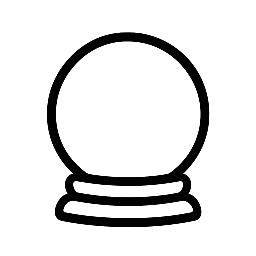The Tarot, a centuries-old form of divination, has long been shrouded in mystery and intrigue. With its intricate symbolism and complex archetypes, it can be intimidating for beginners to navigate. However, with the right guidance, anyone can unlock the secrets of the Tarot and harness its power for self-discovery and insight.
A Brief History of the Tarot
The origins of the Tarot are unclear, but it is believed to have originated in the 15th century in Italy. Initially used as a game, the Tarot evolved over time to become a tool for spiritual exploration and divination. Today, there are many different decks and interpretations, but the core principles remain the same.
Understanding the Tarot Deck
A standard Tarot deck consists of 78 cards, each with its own unique symbolism and meaning. The deck is divided into two main categories: the Major Arcana and the Minor Arcana. The Major Arcana cards represent major life themes and archetypes, while the Minor Arcana cards represent more mundane, everyday concerns.
The Major Arcana
The Major Arcana cards are considered the most influential and meaningful in the deck. They include cards such as the Fool, the Magician, and the Death card, each representing a different stage of life or aspect of the self. These cards often represent major life events, turning points, and spiritual awakenings.
The Minor Arcana
The Minor Arcana cards are divided into four suits: Wands, Cups, Swords, and Pentacles. Each suit represents a different aspect of life, such as creativity, emotions, thoughts, and material possessions. The Minor Arcana cards can be used to gain insight into everyday concerns and challenges.
How to Read the Tarot
Reading the Tarot is a skill that takes practice and patience to develop. Here are some basic steps to get you started:
- Shuffle the deck and cut it to create a random order
- Choose a spread, such as the Celtic Cross or the Three-Card Spread
- Lay out the cards in the chosen spread
- Interpret the meaning of each card in relation to the question or area of life being explored
- Consider the relationships between the cards and the story they tell
Common Tarot Spreads
There are many different Tarot spreads to choose from, each with its own unique focus and energy. Some popular spreads include:
- The Celtic Cross: a comprehensive spread that explores different aspects of a situation or question
- The Three-Card Spread: a simple spread that offers insight into the past, present, and future
- The Star Spread: a spread that offers guidance on how to navigate a challenging situation
Tips for Beginners
Here are some tips for beginners to keep in mind:
- Start with a simple spread and gradually move on to more complex ones
- Trust your intuition and don’t be afraid to trust your instincts
- Keep a Tarot journal to record your readings and track your progress
- Practice regularly to develop your skills and build your confidence
Conclusion
The Tarot is a powerful tool for self-discovery and insight, offering a unique perspective on the world and our place in it. With this beginner’s guide, you can start to unlock the mysteries of the Tarot and tap into its transformative power. Remember to approach the Tarot with an open mind and a willingness to learn, and you will be well on your way to becoming a skilled Tarot reader.

Leave a Reply